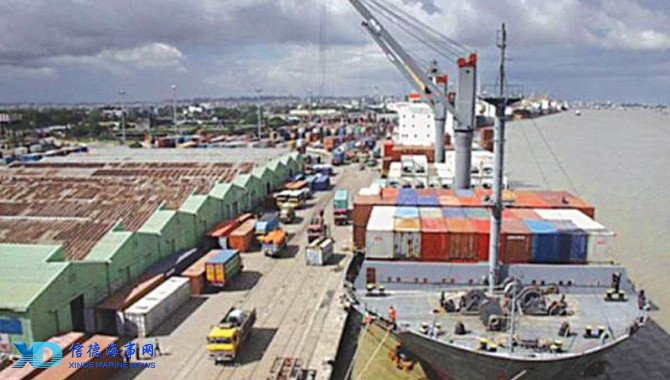
The Hambantota International Port in the southern part of Sri Lanka has become a successful model in Belt and Road cooperation with China.
The port is on an important point of Belt and Road routes and a thoroughfare for international liners from east Asia to Europe, the Middle East and East Africa. It is only 10 nautical miles away from the main international shipping channels in the Indian Ocean, where over 50 percent of the world's container shipping, one third of the bulk goods and two thirds of petroleum go through.
The port used to be running at a loss due to weak industrial foundation.
In 2017, the China Merchants Port Holdings Company Limited (CMPH) and the Sri Lankan government signed an agreement, putting the port under franchised operation by CMPH. In 2018, the throughput of the port roared by 1.6 times. Many enterprises, banks and agencies have set up offices or subsidiaries in the port.
Since being put under the franchised operation in December 2017, the port has created direct employments for 900 locals and indirect employments for more than 2,000 local people.
"People will be more focused on the job and make this port a viable port, and make it one of the best ports in the world. That is our aim basically," said Ravi Jayawickreme, chief security officer of Hambantota International Port Group (HIPG) and CEO of Hambantota International Port Services.
The port started its one-stop service center on March 23 this year. The center will provide investors with investment consulting, enterprise registration, visa processing and other services to speed up the pace for logistics and industrial enterprises to settle in the port.
Refuting the allegations that China has set a "debt trap" in operating Port Hambantota, Sri Lankan Prime Minister Ranil Wickremesinghe said that the project does not have any military purpose and China's Belt and Road Initiative has provided more development opportunities for his country.
"There's no military purpose in the harbor, and we've invited any country to come into the harbor and make use of the facilities. We are already planning out the economic development in Hambantota, the special economic zone," said the prime minister.
Former Sri Lankan President Mahinda Rajapaksa pointed out that there is no "debt trap" in the project and the cooperation is based on the principle of equality and mutual benefit.
"I do not for a moment believe that China has any military agenda connected to the Belt and Road Initiatives. The rise of China is due to economic might, not due to the military might," said Rajapaksa.
Malik Samarawickrama, Sri Lankan Minister of Development Strategies and International Trade, is looking forward to participating in the second Belt and Road Forum for International Cooperation slated for late April in Beijing.
"I'm looking forward to attending the seminar again in April this year. I have been there last year as well. So we are very keenly waiting to see what opportunities are there for Sri Lanka," said Samarawickrama.
Source:cctvplus
Please Contact Us at:
admin@xindemarine.com


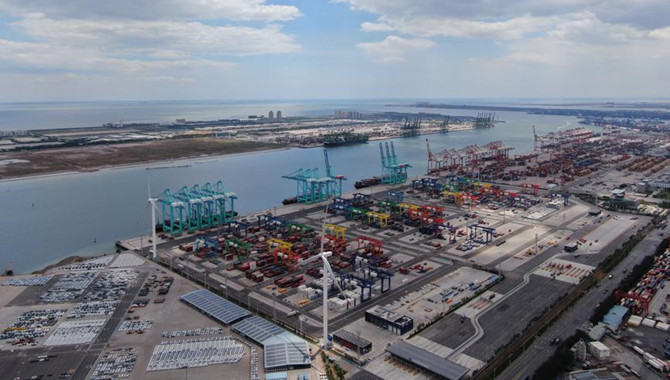 Tianjin Port container terminal goes high-tech
Tianjin Port container terminal goes high-tech 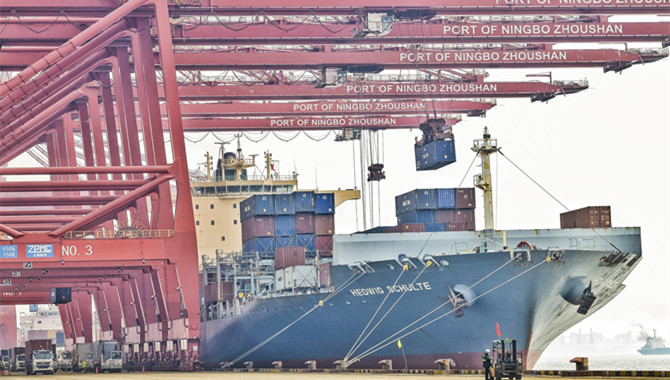 China's Zhoushan Port plays a booster for global tr
China's Zhoushan Port plays a booster for global tr 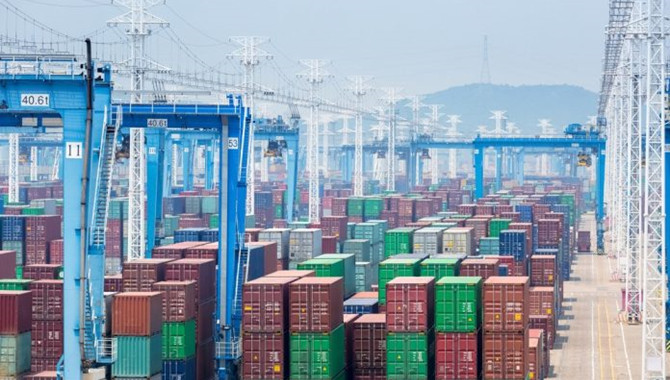 Ningbo Zhoushan hits 1 million TEU milestone in the
Ningbo Zhoushan hits 1 million TEU milestone in the 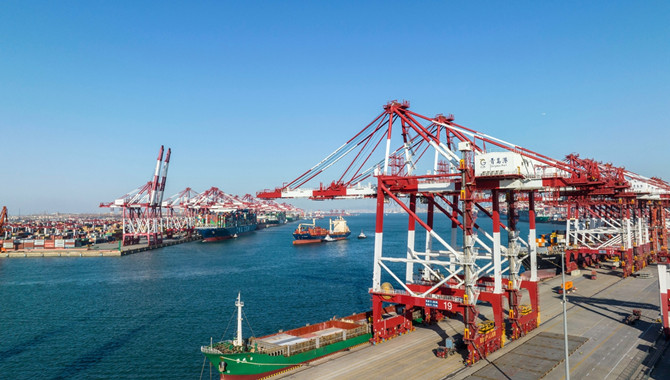 Shandong aims to build world-class ports cluster in
Shandong aims to build world-class ports cluster in 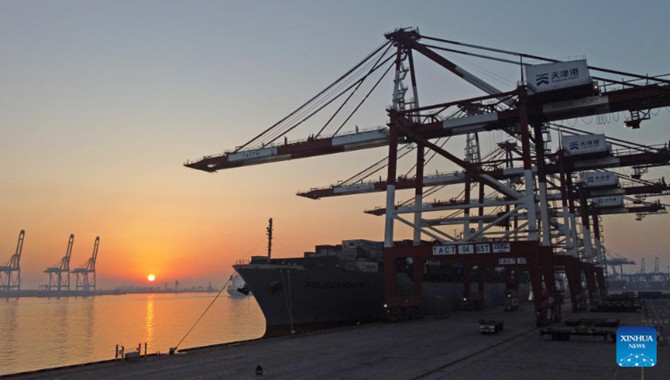 Tianjin Port sees container throughput expand 6.9%
Tianjin Port sees container throughput expand 6.9% 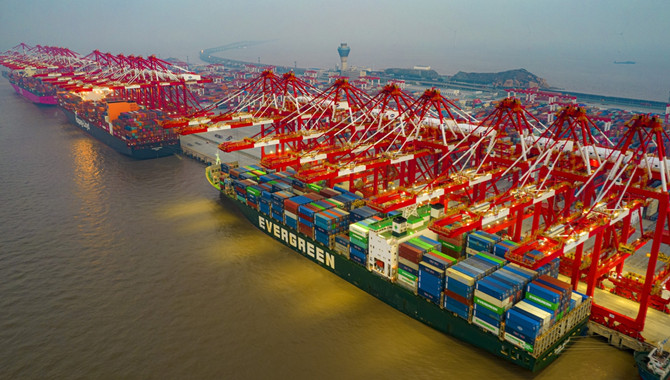 Sea ports renege quarantine, promote marine trade
Sea ports renege quarantine, promote marine trade